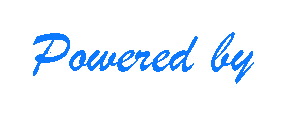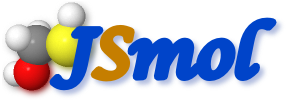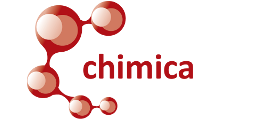The applet JavaScript JSME draws molecules in 2D.

In order to use it profitably, it is appropriate to know certain program features.
The meaning of the various icons is fairly intuitive.
Draw facilities in JSME is a simple process that consists of two separate phases:
1. Click the drawing tool "bond" or "ring" from the menu and click in the drawing window to draw the bond or the ring; The C - C bond will be drawn as default.
2. Choose the "element"or "functional groups" and click on either end of the link in the drawing window to change the C atom with other atom, or in some common functional groups.
The procedure is described in detail below.
The bond and rings drawing tools are clearly outlined in the diagram on the right
• To draw a bond, click single, double, or triple bond tool and then click anywhere in the drawing area. To add another bond click on one end of an already existing connection.
• The bonds are drawn according to conventional angles by default, but if you click on an atom and drag, you can draw the new bond at any angle.
• The stereochemistry can be evidenced using the ' wedge bond ". Click again on a "wedge" bond to convert it into a link "dashed" one.
• It is possible to convert any type of bond (single, double, wedge-shaped, etc.) in any other by selecting the desired tool and clicking on an already existing bond.
• The "alkyl chain" drawing tool easily create a chain by clicking in the canvas, or on an existing Atom, and dragging the mouse to draw a chain to desired length.
• Ring systems can be drawn in a similar way by selecting the tool and then clicking on the canvas, or on one end of an already existing.
• Select the "ring" tool , and then click a bond of an existing ring. This creates a fused ring system.
The editing tools are described in the figure and are self-explanatory.
The tools "item" and "functional groups" are shown.
• The bonds are created as carbon-carbon bonds, by default. To add other items, click the needed tool and then click on one or more atoms. . Keyboard shortcuts listed below provide a way to add simple elements other than carbon.
• Several common functional groups may be added by using the tool "functional groups".
Keyboard shortcuts alternatives are very convenient compared to Select Tools corresponding with the mouse.
• Atoms: Position the cursor on an atom and digit C, N, O, P, S, F, L (for Cl), B (for Br), I, H, o R.
• Rings: Digit 3 ... 8 for 3 a 8 membered rings , or 1 for phenyl, and draw the ring in the usual way.








